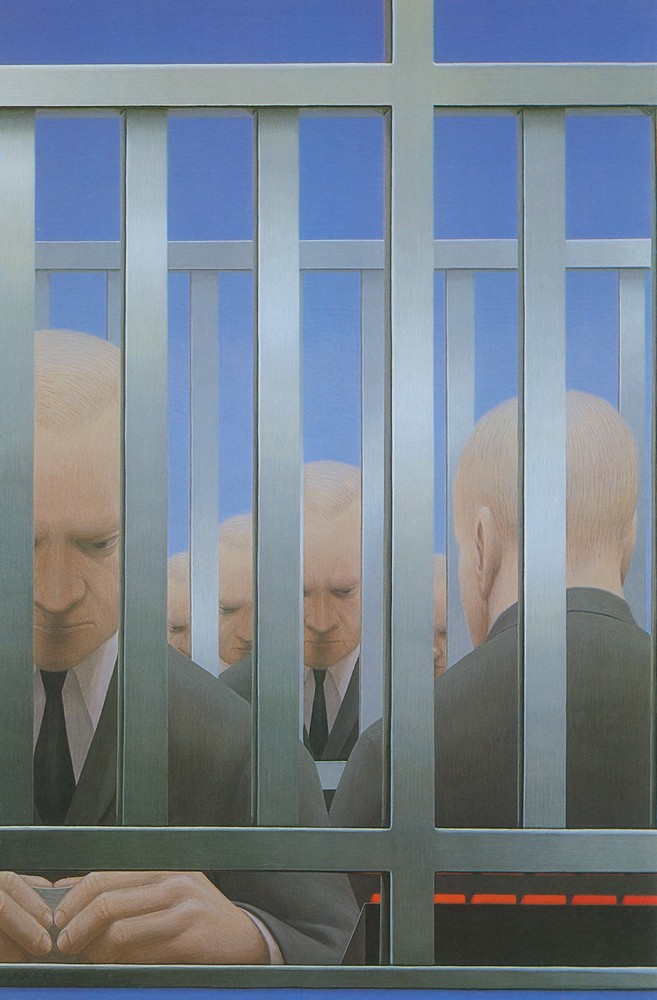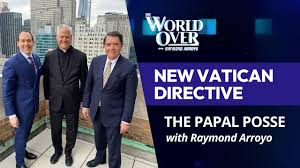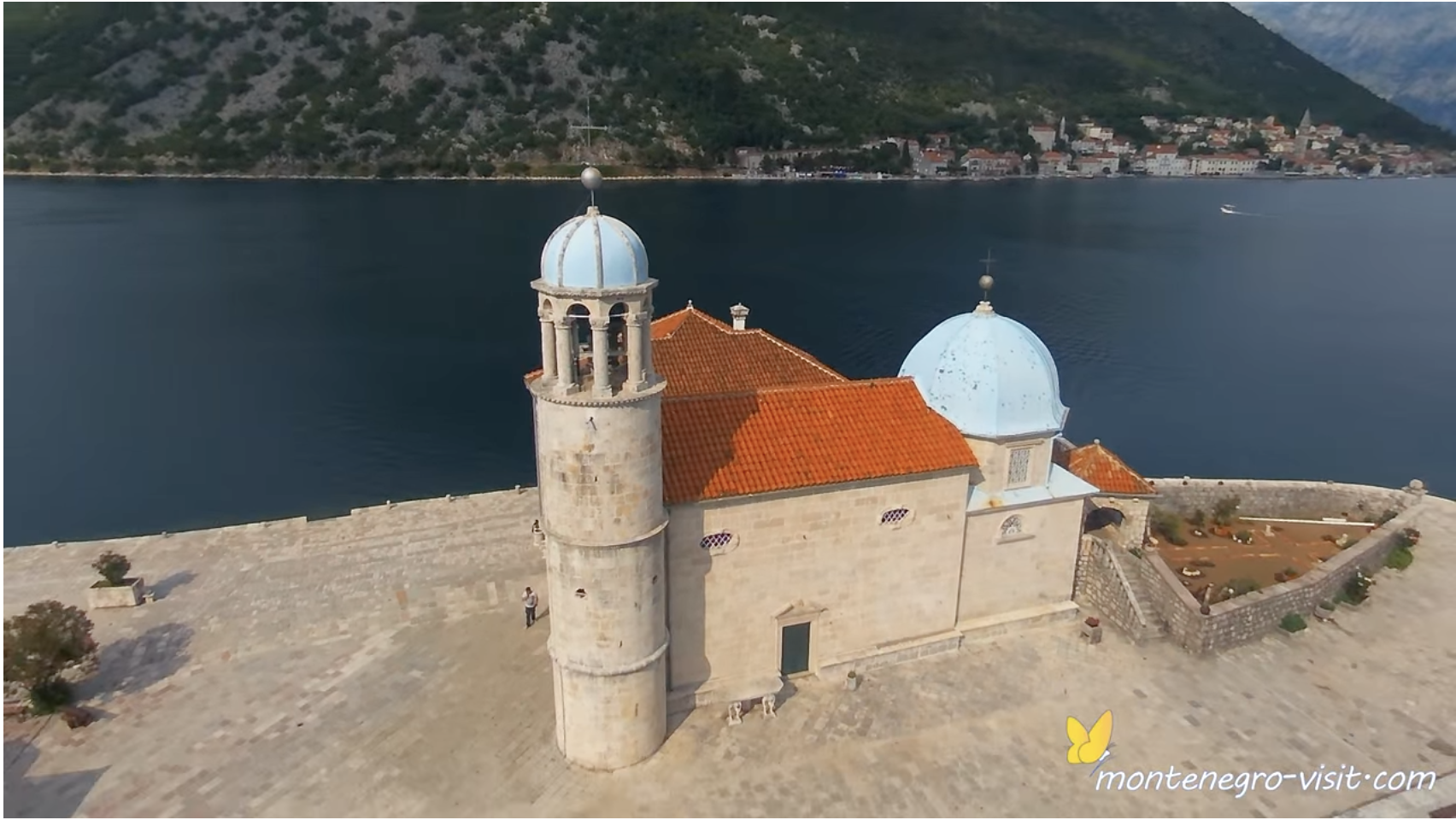Although most readers will not recognize his name, George Tooker is probably the finest Catholic painter in American history. That isn’t a grandiose claim. Masterpieces of American Catholic painting are few and far between.
The main currents of our painting have been secular with a small and dwindling Protestant presence. American Catholics have mostly looked to Europe for their visual arts – either for import or imitation. Great American-born painters linked to Catholicism are rare.
George Tooker was born in Brooklyn in 1920. He attended Harvard and then studied at the Art Students League of New York. Tooker’s career divides neatly into two stages – before and after his conversion to Catholicism.
The early paintings depict ordinary people in everyday settings – offices, waiting rooms, subways, cafeterias—but conveyed in a manner that seems fantastic, even supernatural. The alienation and anxiety of modern urban life emanate from the work.
Today these dream-like paintings would be called Magical Realism, but that term did not yet exist in English.
Tooker began his career in the 1950s when Abstract Expressionism was the dominant trend. His realistic works were considered retrograde. Yet his work survived and eventually flourished because he had a genius for creating images of modern life that seem simultaneously astonishing and ordinary.

In Lunch (1964), rows of office workers hunch over their meals seemingly oblivious of one another.
In Teller (1967), identical bank clerks sit listless isolated behind steel-barred counters.
In Subway (1950), commuters stand, nervous and afraid, in a concrete underworld. Once seen, the paintings stay fixed in the memory.
Recognition came slowly. For many years Tooker existed on the margins of the art world. The artist was sixty-five when the first full-length study on his work appeared. He was eighty-seven when he received the National Medal of the Arts.
Tooker never complained about neglect. He was too absorbed by his own contrarian passions. When other young painters followed Mark Rothko and Jackson Pollock, Tooker studied the Italian Renaissance master Piero della Francesca. When the leading critics praised abstract formalism, Tooker emphasized content. His central concern was never style. It was the human condition.

Even Tooker’s creative process differed from the methods of his more celebrated contemporaries. The Abstract Expressionists practiced “action painting” in which paint was dripped, splashed, smeared, or even fingered onto the canvas in a self-consciously spontaneous performance. Tooker meticulously planned his paintings with preliminary drawings, arranging his figures in geometric perspective as carefully as an Old Master.
He even mixed his own paints using egg yolks and pigments – just as Giotto or Botticelli did before the introduction of oils. Tooker’s mature paintings were executed in tempera, a difficult and unforgiving medium. He applied the tempera in tiny strokes, carefully layering the colors, taking weeks or months to finish a work.
Tooker not only shared technique with the Old Masters. He also adopted their metaphysical vision of painting which simultaneousl presents both the body and the soul of a subject.
The second phase of Tooker’s career was religious. His later work presents mysterious states of rapture, vision, and grace. Shortly after the death of Tooker’s partner, William Christopher, in 1973, the artist resettled permanently in Vermont. Spiritual changes followed. Three years later he joined the Catholic Church.

Tooker’s Catholicism was both genuine and profound. His partner’s death provided the catalyst, but the artist’s conversion reflected his lifelong search for community, justice, and religious faith.
For years, he had followed Dorothy Day’s Catholic Worker and participated in the Civil Rights Movement. His early paintings contained subtle Christian themes and symbols, which simply became more explicit after his conversion. At his parish church St. Francis of Assisi in Windsor, Vermont, Tooker attended daily Mass and helped distribute the Eucharist. He patterned his daily life on Franciscan simplicity.
When the church was destroyed by fire, the pastor asked Tooker to contribute a painting for a charity auction. Instead, the artist offered to create a new altarpiece when the church was rebuilt.
In 1980 he finished The Seven Sacraments, a powerful recreation of the Renaissance tradition. Each of the seven panels presents a sacrament in contemporary terms. The kneeling penitent in the radiant and compassionate depiction of “Reconciliation” contains Tooker’s self-portrait.

Four years later he painted the fourteen Stations of the Cross. No American Catholic church has more impressive paintings than this modest parish.
George Tooker never met the critical expectations of the art world. He was both too far behind the times and too far ahead of them. But history has vindicated his outsider’s vision of the spiritual struggles and consolations of the modern age.
When he died in 2011 at the age of ninety, the New York Times belatedly praised him as “one of the most distinctive and mysterious painters of the twentieth century.”
By then, the press was only stating the obvious.

*Images: All by George Clair Tooker, Jr.
1. Lunch, 1964 [Columbus Museum of Art, Columbus, OH]
2. Teller, 1967 [private collection]
3. Subway, 1950 [Whitney Museum of American Art, New York]
4. The Seven Sacraments, 1980 [St. Francis of Assisi Church in Windsor, VT]














